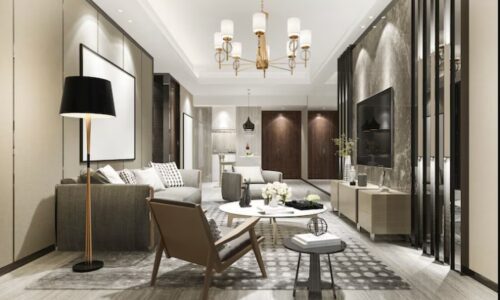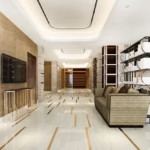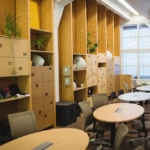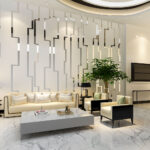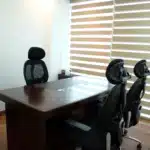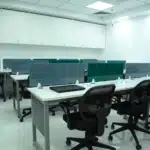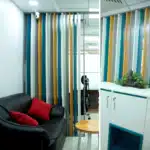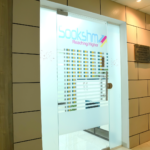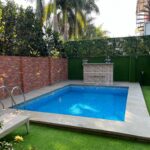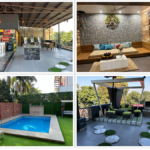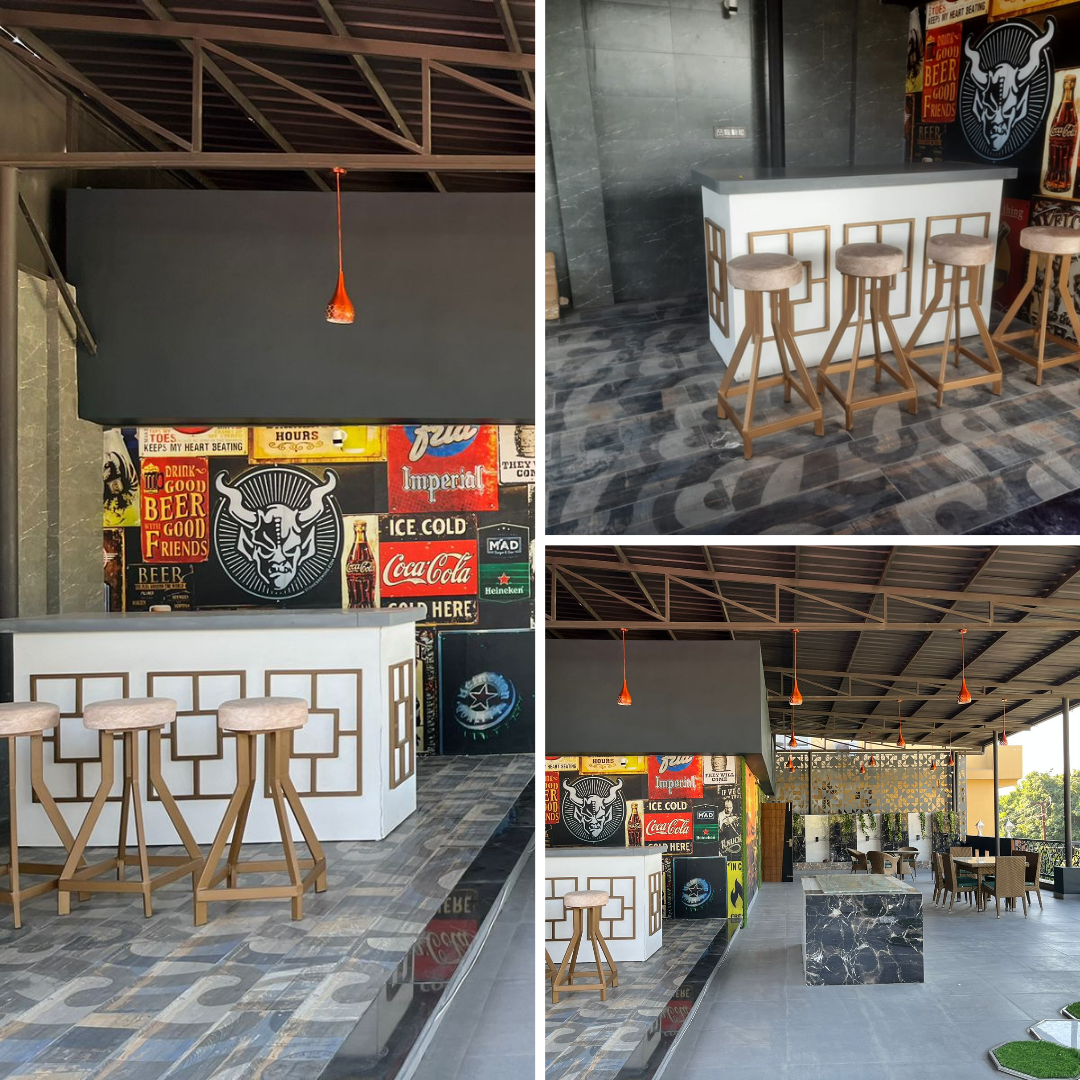Workplaces are no longer limited to just rows of desks and chairs. Today, companies understand that creativity and innovation thrive when employees have the right spaces to relax, brainstorm, and collaborate. This is where breakout areas come in. A breakout area is a dedicated space in an office that allows employees to take a break from their usual workstations. More than just a relaxation spot, it serves as a hub for informal meetings, social interactions, and creative thinking.
In this blog, we will explore what breakout areas are, why they are important, and how to design them effectively to boost creativity.
What Are Breakout Areas in Offices?
A breakout area is a space designed to give employees an alternative to their desks. It can be a lounge-like environment, a cozy corner with sofas, or even a modern open space with flexible seating arrangements. These areas are not just about relaxation but are meant to encourage new ideas and casual conversations.
The concept is gaining popularity because companies are realizing that creativity does not always happen in a formal meeting room. Often, it emerges in a relaxed environment where people feel comfortable sharing their thoughts. According to studies, informal conversations in such areas often lead to innovative solutions.
Why Breakout Areas Are Important for Creativity
Breakout areas are more than just stylish additions to office design. They play a crucial role in employee well-being and creativity. Let us understand some key reasons:
-
Encourages Informal Communication
Employees may feel more open to share their ideas in a casual space rather than a conference room. This type of communication often leads to problem-solving and collaboration. -
Relieves Stress
Constantly sitting at a desk can cause stress and fatigue. Breakout areas provide a refreshing change of environment, which reduces stress and improves focus. -
Boosts Innovation
Creativity requires freedom and flexibility. Breakout spaces allow employees to brainstorm freely without the pressure of a formal setting. -
Supports Collaboration Across Teams
Different departments can interact in breakout areas, creating opportunities for cross-functional collaboration. This exchange of knowledge often leads to innovation.
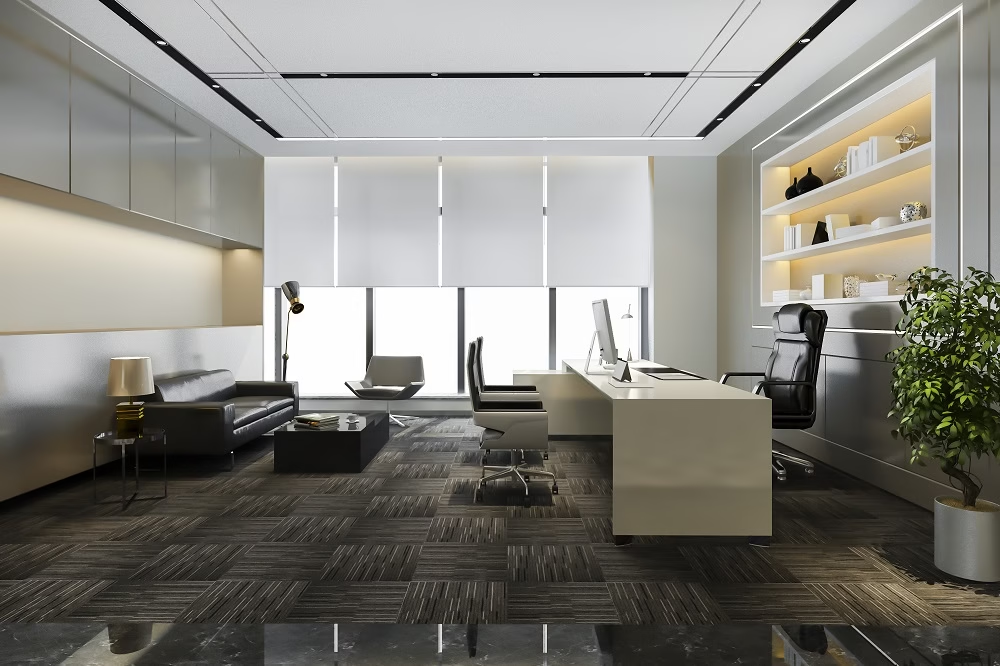
Elements of a Good Breakout Area
Designing a breakout area is not just about placing a few chairs and tables. It requires thoughtful planning to make the space functional and inspiring. Here are some essential elements:
1. Comfortable Seating
Soft sofas, bean bags, and lounge chairs make the area inviting. Employees should feel relaxed while spending time here.
2. Flexible Furniture
Movable chairs and tables allow the space to adapt to different needs, such as team discussions, quick breaks, or individual relaxation.
3. Inspiring Decor
Colors, wall art, and natural elements like plants can boost creativity. The environment should feel different from the usual workstations.
4. Technology Support
Breakout areas should be equipped with power outlets, screens, and Wi-Fi so employees can continue work if required.
5. Natural Lighting
Exposure to natural light improves mood and creativity. Positioning breakout spaces near windows can make a big difference.
Types of Breakout Areas
Not all offices have the same needs. Some may require small relaxation corners, while others might need large collaborative zones. Here are some common types of breakout areas:
| Type of Breakout Area | Features | Best For |
|---|---|---|
| Relaxation Zone | Sofas, soft lighting, books, and plants | Stress relief and recharging |
| Collaboration Space | Whiteboards, movable chairs, and open layout | Brainstorming and team discussions |
| Social Area | Coffee machines, snack bars, games like table tennis | Team bonding and informal chats |
| Quiet Pods | Small soundproof booths with minimal furniture | Focused work or private calls |
Designing Breakout Areas for Creativity
Design plays a major role in how effective a breakout area will be. Below are strategies to design breakout spaces that encourage creativity:
Create Zones for Different Needs
Not all employees use breakout areas the same way. Some want a quiet place to think, while others want to collaborate. Creating multiple zones within the breakout space ensures everyone benefits.
Use Colors That Inspire
Colors affect mood and creativity. For example, green is linked with relaxation and balance, while yellow encourages optimism and new ideas. Choosing the right color scheme can make a huge difference in how employees feel in the space.
Encourage Movement
Flexible seating and open layouts encourage people to move around. Movement helps refresh the mind and boosts creative thinking.
Add Nature Elements
Plants, natural light, and wooden textures create a calm environment. This concept is known as biophilic design, which is proven to enhance creativity and reduce stress. You can read more about this concept on Wikipedia.
Provide Tools for Brainstorming
Whiteboards, sticky notes, and digital screens should be available. These tools allow employees to quickly capture and share ideas.
Breakout Areas vs Meeting Rooms
While both breakout areas and meeting rooms support collaboration, they are very different in purpose. Meeting rooms are formal, structured, and focused on specific agendas. Breakout areas, on the other hand, are informal and flexible.
| Feature | Meeting Room | Breakout Area |
|---|---|---|
| Purpose | Formal discussions, client meetings | Informal chats, relaxation, idea-sharing |
| Design | Professional, structured | Casual, creative, flexible |
| Atmosphere | Serious and focused | Relaxed and inspiring |
This difference shows why companies need both spaces to encourage productivity and creativity.
How Breakout Areas Influence Employee Productivity
A well-designed breakout area not only improves creativity but also impacts overall productivity. Employees who get regular mental breaks perform better. Short breaks in creative spaces lead to higher concentration levels when employees return to their desks.
Research also shows that social interactions in offices help build stronger work relationships. These interactions reduce workplace stress and increase employee engagement. Over time, this leads to better retention rates and a more positive work culture.
Examples of Breakout Area Ideas
Here are some practical ideas that companies can consider:
-
Coffee Corner with High Stools: Encourages quick breaks and informal discussions.
-
Game Zone with Table Tennis or Foosball: Promotes relaxation and team bonding.
-
Quiet Lounge with Bookshelves: Provides a calm space for thinking and reading.
-
Outdoor Seating: If space allows, creating a small outdoor breakout zone adds fresh air and natural surroundings.
Some of the most creative companies, including global leaders in technology and design, have successfully used breakout areas to enhance innovation. For example, Google’s offices are famous for their creative breakout zones, which often combine play and work. You can read more about Google’s workplace culture on Wikipedia.
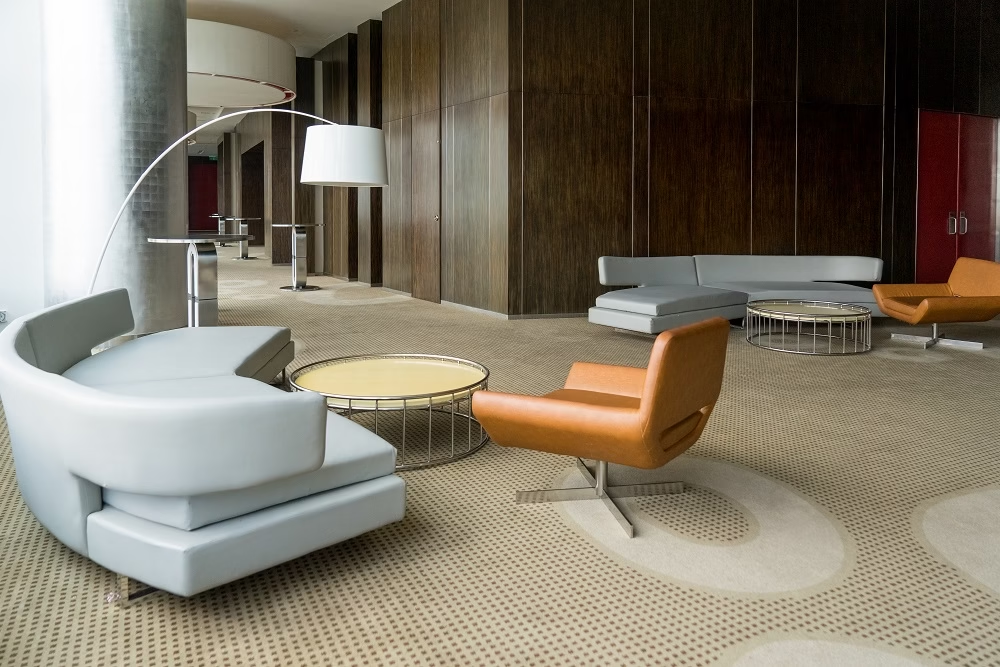
Tips for Businesses Creating Breakout Areas
-
Understand Employee Needs – Ask employees what kind of breakout spaces they prefer.
-
Start Small – Even a small corner with creative seating can make a big difference.
-
Keep it Flexible – Ensure the space can be rearranged easily for different uses.
-
Invest in Quality Furniture – Comfortable seating encourages people to use the space.
-
Review and Improve – Take feedback regularly and upgrade the space as needed.
Also Read:
- What Is a Mood Board in Interior Design?
- What Is Modern Classic Interior Design?
- What is Green Interior Design?
- What Are the Different Materials Used for Interior Design?
- Is Interior Architecture the Same as Interior Design?
Conclusion
Breakout areas are not just about adding style to an office. They are powerful tools that promote creativity, collaboration, and employee well-being. A thoughtfully designed breakout area gives employees a space to relax, share ideas, and innovate. By including elements like comfortable seating, natural lighting, inspiring colors, and brainstorming tools, companies can create environments where creativity thrives.

